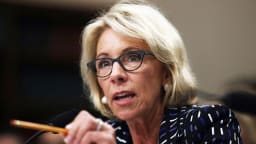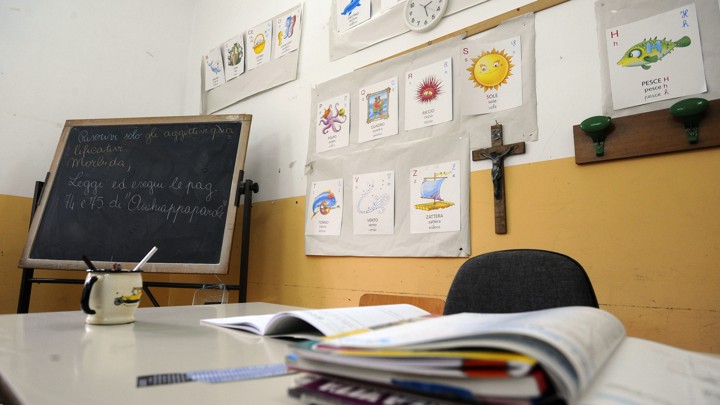Governor Orders Study on Charter School Impacts
Newsom working with legislators to improve charter accountability, transparency
In response to growing concerns about unregulated charter schools siphoning public funds away from neighborhood public schools, Gov. Gavin Newsom called for a study on the impacts of charter school growth on local school districts statewide, and announced he is working with the Legislature to improve charter school transparency and accountability.
Newsom asked Superintendent of Public Instruction Tony Thurmond to convene experts to closely examine how charter schools impact school district budgets and to provide recommendations by July 1. The governor is also working with state legislators to mandate transparency for charter schools to ensure tax dollars spent on education only support schools that are accountable to the public.
“We commend Governor Newsom on asking for this study. It is an important and long overdue step toward holding charter schools accountable,” says CTA President Eric Heins. “California leaders must have an accurate picture of the impact that charter expansion has had on many traditional neighborhood public schools.”
Newsom’s plan to shine a light on unregulated charter schools comes on the heels of the historic United Teachers Los Angeles (UTLA) strike, which led to the Los Angeles Unified School District Board of Education’s call last week for a state study of charter impacts and a moratorium on new charter approvals until the study is complete.
The NAACP has also been active in seeking more accountability and transparency for charter schools, adopting a resolution in 2016 calling for a moratorium on charter school expansion until these issues are resolved. The NAACP created a task force to investigate charter schools nationwide, eventually issuing a report that found a “wide range of problems” with charter schools. NAACP President and CEO Derrick Johnson says many charter schools’ practices are troubling.
“For the NAACP, we have been far more aggressive toward bad public schools then we’ve ever been against charter schools,” Johnson says. “We aren’t going to change our approach because there is a market-driven concept to education. We believe the same for public schools should apply to charter schools.”
For more information about the impact of charter schools on community public schools, visit Kids Not Profits.


























